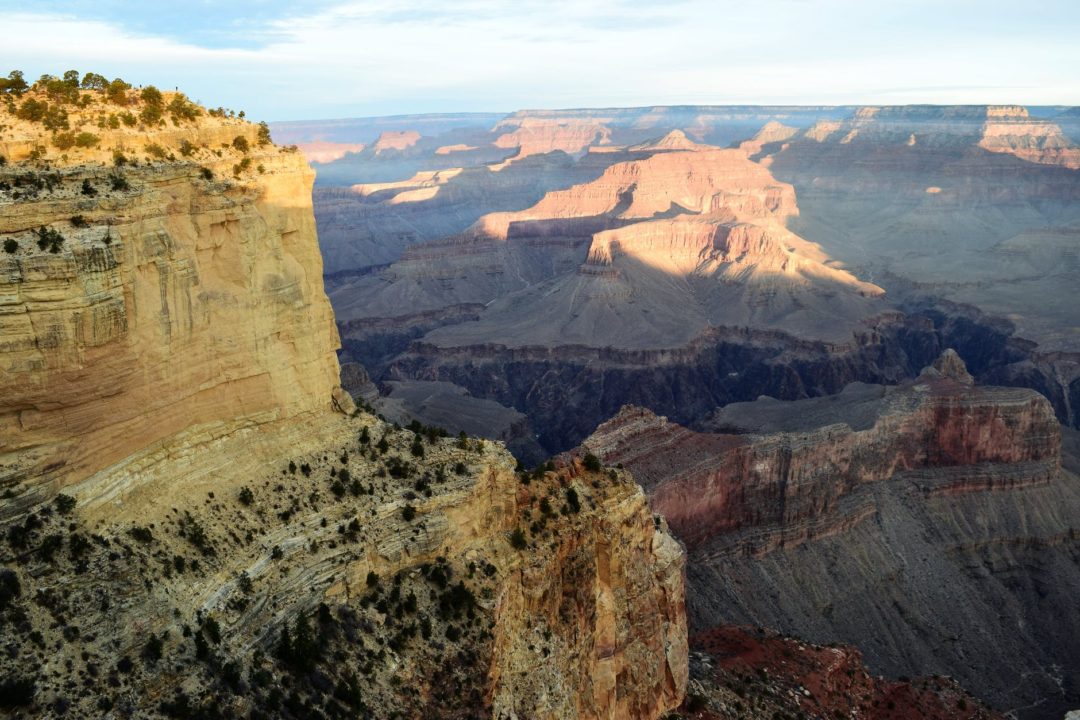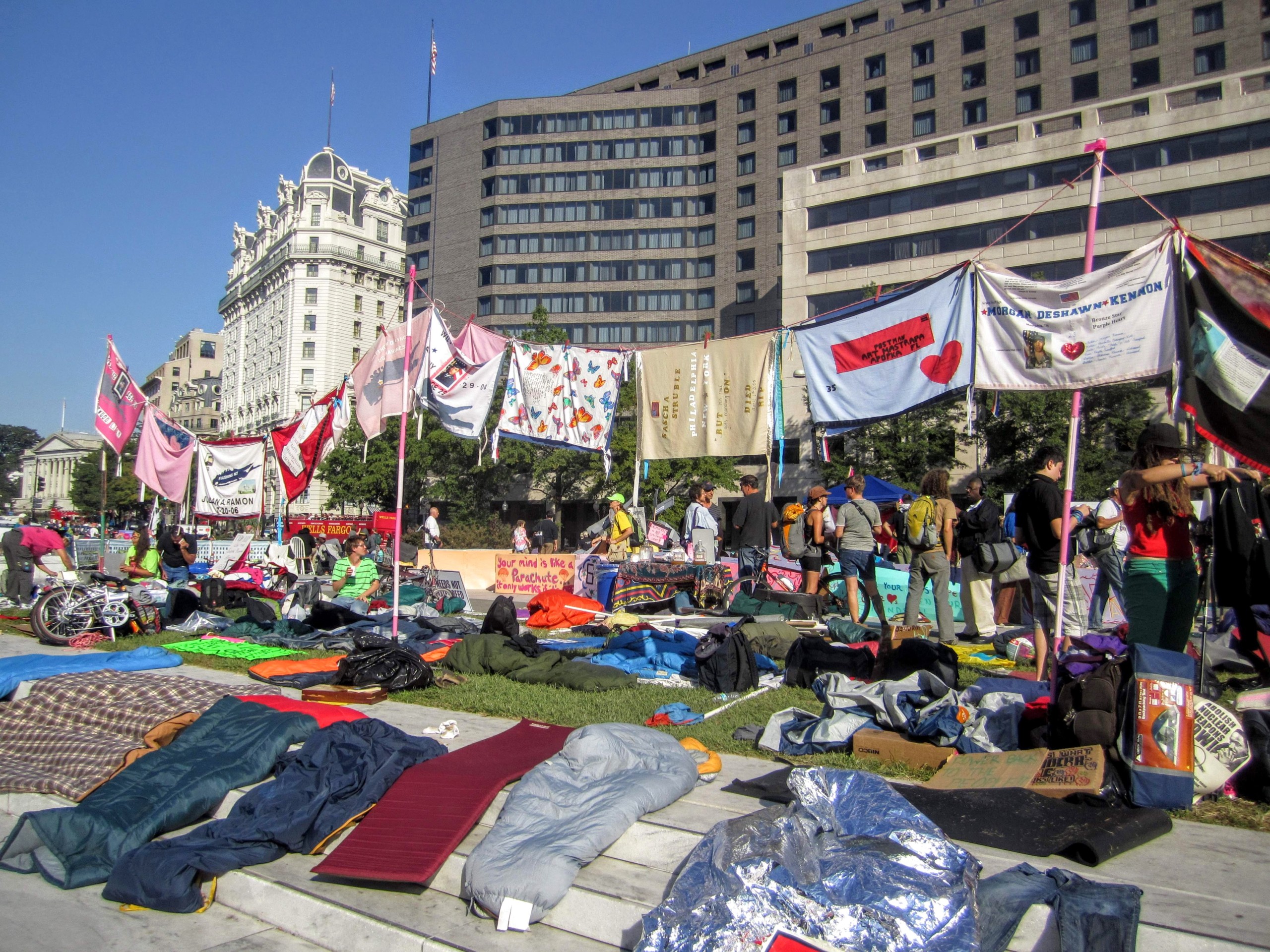Most have heard of the Grand Canyon. Some are lucky enough to have visited, snapped a few photos and claimed they’ve checked the place out. Few have been brave enough to raft three weeks down the middle of it.
“There’s no other way to see 230 miles of the Canyon besides going through it,” said Zack Ventrella. This summer, he and 14 friends undertook a self-guided rafting trip down the Colorado River. I sat with four of the crew members for several hours, awing over Go-Pro footage and stories of their 16-day adventure.
An “outdoorsy” bunch, many have traveled the world and backpacked the Canyon several times. Even so, each expressed learning about individual strength and character throughout this journey. One initial obstacle was overcoming their inexperience, as only four of the 14 (none of whom I interviewed) had previous knowledge of rafting.
“Not having much experience and throwing yourself into some of the world’s biggest rapids can be daunting, stupid and overwhelming,” said Dan Maurer (also my brother, adventurer, and one of the coolest guys I know). “But, pulling into that boat ramp on the last day with no injuries, knowing you succeeded by using your own power, is a huge sense of accomplishment. When you can still surprise yourself, it’s a good feeling.”
The rest of the group agreed. Zack described himself as laidback, which he considered positive in high-stress situations. In this case, though, he adjusted to the sense of urgency needed to take on the rapids.
“It was a wake up call to push myself,” he said.
They had five 16- to 18-foot rafts, each with one rower in the back and two riders up front. Zack was the rower of his boat. Julia Josefchuk and Anthony Mancini rode the front. As for Zack’s greatest accomplishment: “I didn’t kill Julia.” He meant this literally, expressing pride and relief that he helped keep her onboard rather than overboard for all 16 days.
The rapids led much of the discussion, as each whirling current had its own unique tale. One of their first rapids was a grade-8 beast called House Rock. Julia identified this as her scariest, most exhilarating, and favorite moment of the trip. “Our boat went down the wrong path into a huge hole. We did everything opposite of our plan, got tossed around, and somehow didn’t flip.” Scary as it was, it instilled hope and confidence in preparing for future challenges.
The team agreed that taking on a rapid required more strategy and teamwork than physical strength. “When the odds are against you, you can’t muscle out of it.” Dan said.
“I think a lot of trips go wrong when people aren’t doing their part to help the greater whole,” Anthony added. They clearly put a lot of trust in one another. And, working together was an obvious mission of the trip. Their system for accountability included constant life-vest checks and head counts.
Beyond the challenging rapids, the group had no cell phone reception, GPS trackers, or running water – those creature comforts that typically make daily living easier. For three weeks, they explored the bottom of the world using a box for a toilet. They spent hours filtering the muddy river into drinkable water to stay hydrated in the 118-degree temperatures.
The Canyon offered fresh springs, which provided occasional relief from this filtering process. When accessible, Julia earned the nickname “Magellan,” by mapping the springs’ locations and guiding boats down the right paths. She added, “Accessing fresh water really means life or death. People lose site of that in our society, because we can just turn on a tap and have water.”
Anthony described how fortunate they were to witness a downpour one evening before sunset. “There were probably 30 waterfalls that came to life. Then, we looked upriver toward the canyon saw rainbows. It was amazing to see the Canyon in its glory, the way it was created – how quickly it could come to life and how quickly it could shut off the faucets.”
I considered how fortunate I am to access fresh, running water daily. I sipped from my water glass before inquiring more about the scenery.
“When you backpack in, you can see for miles,” Anthony reminisced about their previous hiking trips. “On the river, you’re in narrow corridor and have little scope of where you are, so it’s a totally different perspective.”
Dan remarked that of his many international travels (and trust me, he’s seen a lot), the Grand Canyon hosts some of the most diverse and spectacular scenery in the world. “We had a group of friends floating down the middle of this mighty river, surrounded by vibrant colors in a tiny pocket of the world. I’d look around and think ‘Hmmm, no one can hear you scream now.’”
Everyone laughed. But, really… it’s nothing to mess with, they insisted. They could take on the rapids, or get taken out by helicopter. And, the helicopters only have a few places to land in the Canyon.
Their stories bounced from peaceful to terrifying to beautiful. Julia confirmed this constant emotional shift as part of their trip. Still, they pressed on with one common mission: “Face your danger, pull away,” an old river term meaning to face the boat toward a dangerous obstacle (i.e. a rock), and pull the oars away from it. In other words, a person has more strength facing danger head-on and pulling away from it than trying to maneuver around it. A good mantra for life in general, I thought.
For anyone considering this trip, the crew advised: raft with someone who has experience, be aware of your surroundings, and understand that your actions affect others.
“Don’t challenge Mother Nature,” Dan said. “You have to adapt to her plan rather than try to fight it. Once you accept this and become part of nature, it’s one of the most freeing experiences ever.”
Photo by Adi Sri on Pexels.com





No Comments